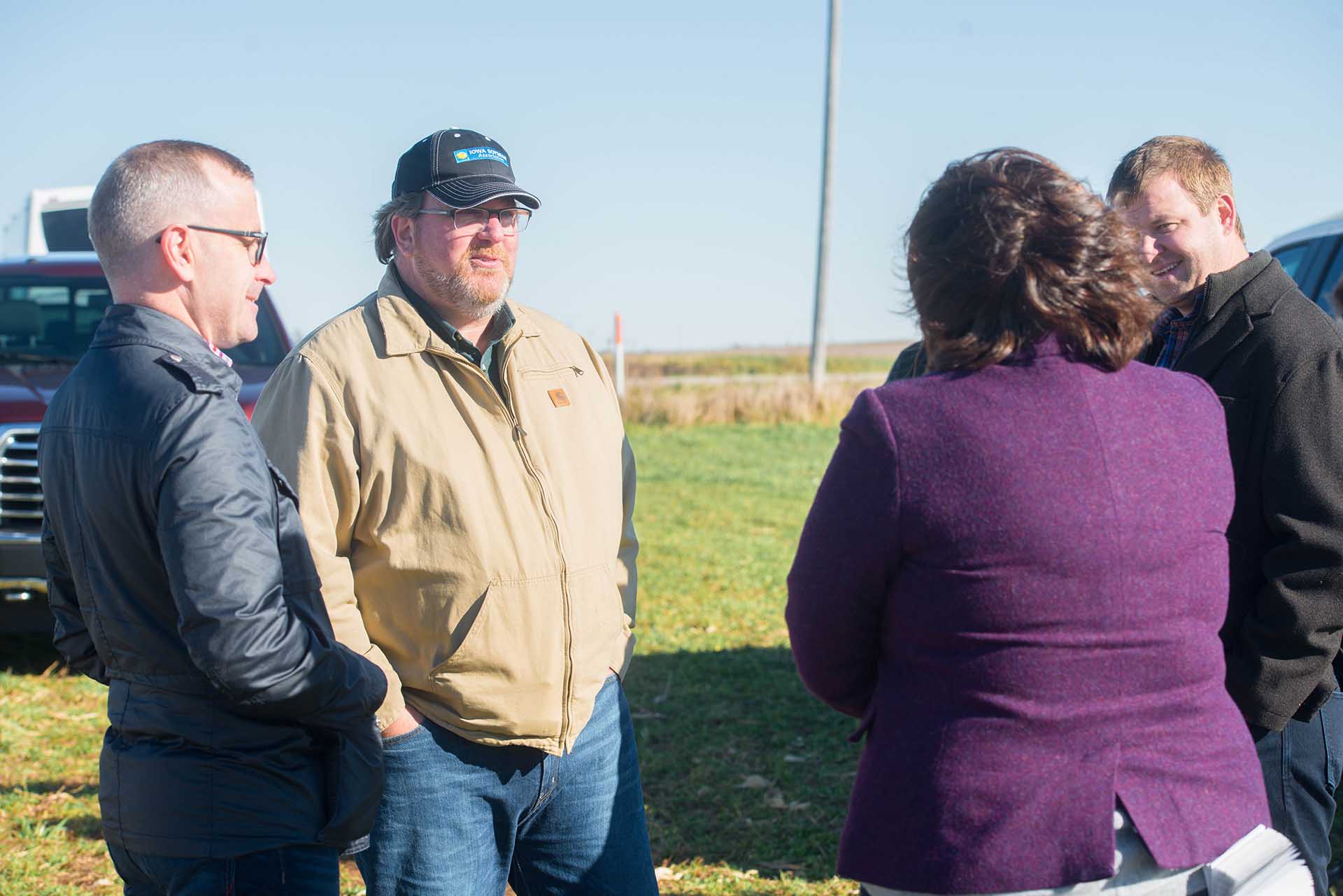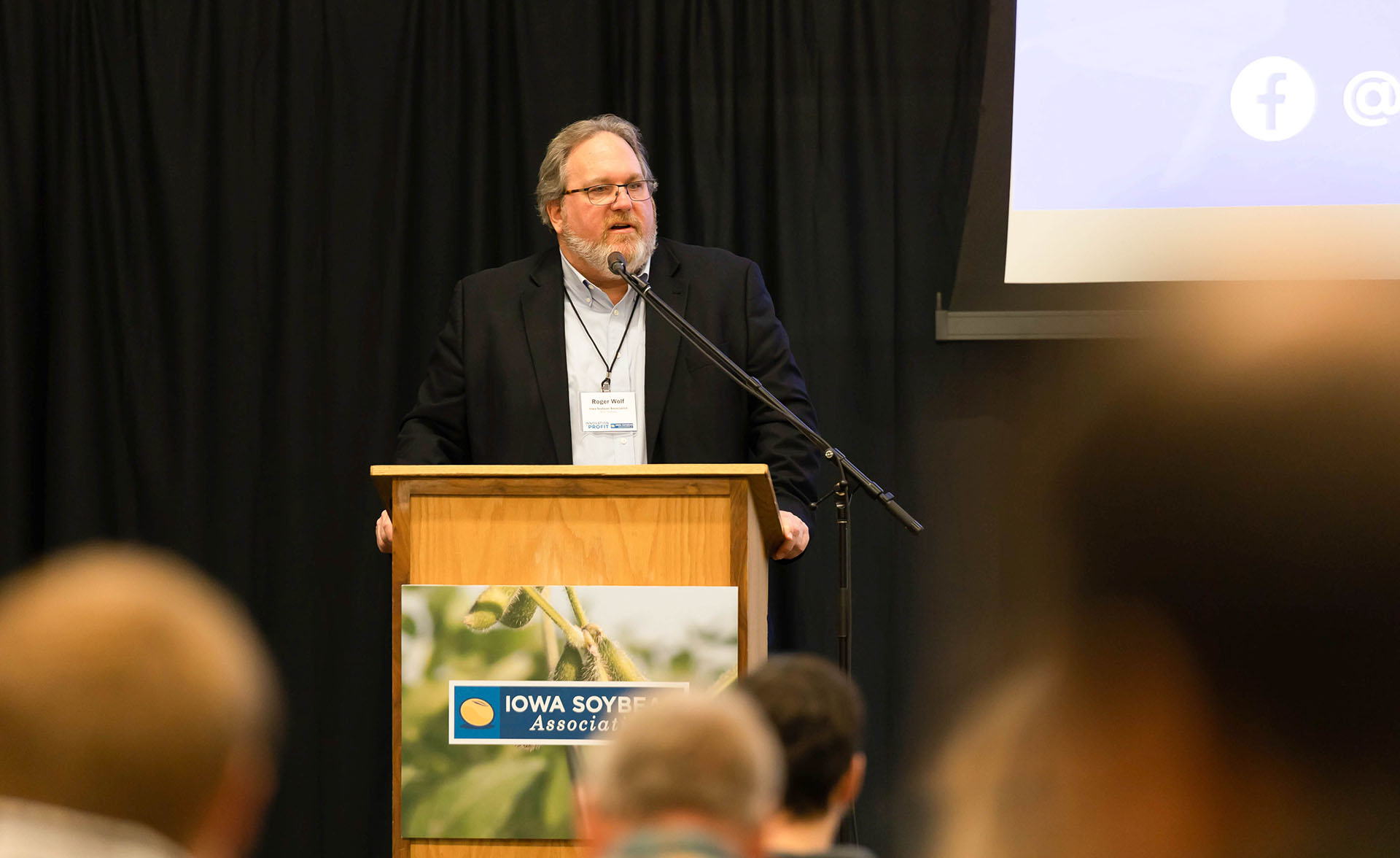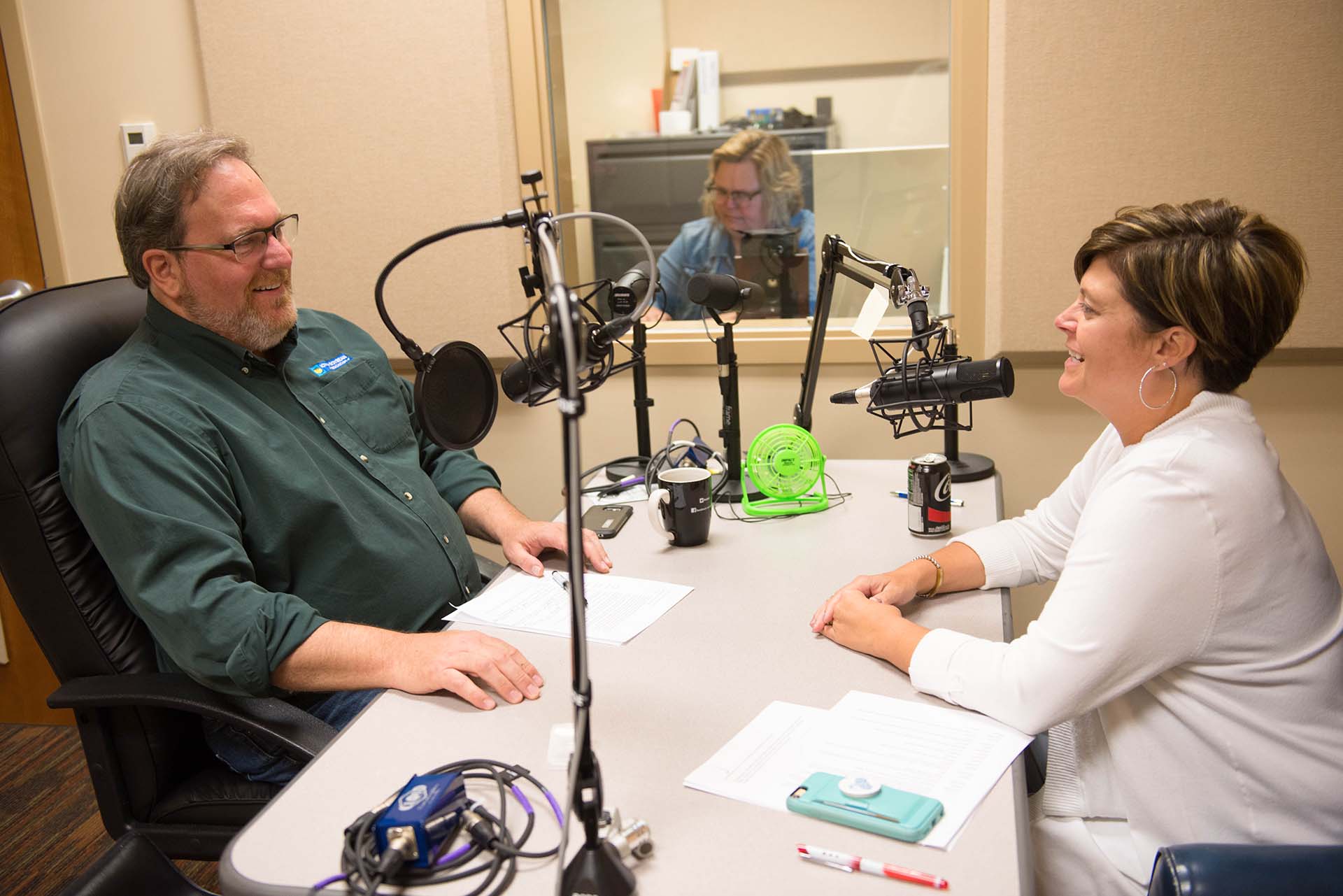
(Photo: Iowa Soybean Association / File Photo)
Assessing impact on the Iowa landscape
February 1, 2025
Editor’s note: Roger Wolf, Iowa Soybean Association’s director of conservation, is set to retire later next month. I’ve asked him to put some thoughts together regarding his experiences and areas and acres of impact over his storied career.
Early in my career, I became aware of the challenges and opportunities farmers faced when changing practices, adapting old equipment, purchasing new tools, and trying to capture value from new technologies while managing the risk of failure.
From the late 1980 to the 2000s, Iowa farmers were navigating how to implement soil conservation plans. This period saw the rise of conservation tillage and no-till farming. State and federal policies and programs began to focus on soil and emerging water issues, attracting significant research interest.
Federally, there was a quasi-mandate for farmers cultivating Highly Erodible Land (HEL) to develop conservation plans as described in the 1985 Farm Bill. Farmers seeking federal commodity support payments had to develop and implement plans to prevent erosion and reduce soil loss on HEL fields. In the late 1990s, the Hypoxia Task Force on the Gulf of Mexico was formed, and Iowa was identified as one of the states needing to address nutrient loss.
Simultaneously, new technological developments emerged, including biotech seed genetics, chemistry programs, precision agriculture tools, integrated crop and livestock management, and research on the impacts of crop and land management on water quality.
In early 2000, I worked as an independent natural resource consultant, implementing a large-scale watershed-based education and demonstration project centered around the Raccoon River Watershed. The Iowa Soybean Association (ISA) was one of my clients in this effort. I engaged in discussions with key association leaders who were visionary in assessing the situation and predicting future challenges for Iowa farmers. From these conversations, we developed action plans and strategies.
To meet the growing need, ISA created an internal staff position, hiring me as the director of environmental programs and services. We set out to build an environmental and conservation program to support farmers. Our goal was to become a leading provider of information and support to help farmers adopt more conservation practices on their farms. We prepared grant proposals and congressional requests, securing millions of dollars in funding.

Concurrently, I took on the role as executive director for Agriculture’s Clean Water Alliance (ACWA). This is a group of agricultural retailers who created a non-profit, initially serving the Raccoon River Watershed, and later expanding statewide. As it turns out, there’s a common interest in supporting Iowa farmers. The retailers became vital to drive impact as they are trusted advisors for farmers. ISA developed collaborative partnership projects, working closely with agricultural retailers, the Iowa Department of Agriculture and Land Stewardship, Iowa State University, the United States Department of Agriculture Natural Resource Conservation Service and others. These efforts enabled us to hire additional staff to create a team focused on building relationships with local partners and farmers.
Early projects involved farmers developing Environmental Management System plans. We explored how these plans brought value to the farmer. We also led watershed management planning on 25 small scale watersheds. These plans engaged local partners and helped secure around $40 million to support farmers implementing practices.
We integrated data collection as part of on-farm research, allowing farmers to experience the impacts of changing management practices at the farm field scale. On-farm research became a crucial part of our programming at ISA. One of the main topics was nitrogen management, including changing aspects of management such as rate, timing or source and conducting replicated strip trials across entire farm fields.
Water monitoring has always been a key component. In 2009, when the ISA headquarters was built in Ankeny, we designed a water quality testing laboratory. Today, more than 4,000 samples per year are collected and processed in our Iowa Department of Natural Resources certified and accredited lab.
Between 2010 and 2020, my role at ISA evolved as I participated in various state and national task forces, working groups and committees. These engagements led to practices and projects that reduce nutrient loss, build healthier soils and target watershed efforts to improve water quality. This led to efforts such as the Mississippi River Basin Initiative projects, Regional Conservation Partnership Projects and State Nutrient Reduction Strategies, One Water Approach and blending in habitat for stacked environmental benefits. These new initiatives brought additional focus and financial resources supporting conservation project implementation.
Over 25 years of serving ISA, ACWA and Iowa farmers, I have been involved with securing and administering over $100 million of projects, engaging with hundreds of collaborators and working with thousands of Iowa farmers. Today, ISA champions a network of conservation agronomists, many of whom are located at ag retailers to support the scaling up of conservation adoption on farms.

The current focus is to scale the implementation of nutrient reduction and other conservation practices such as habitat projects like oxbow restorations and pollinator habitats. We are working to find new ways to fund and finance support for scaling up this kind of work.
Though official roles and titles have evolved, my primary focus for the past 35 years has been enhancing Iowa’s natural resources, especially soil and water. All of this would not have happened without the visionary leadership of ISA management and board leadership. I feel very fortunate to have been given the privilege of working alongside and in support of great staff and collaborators.
Back